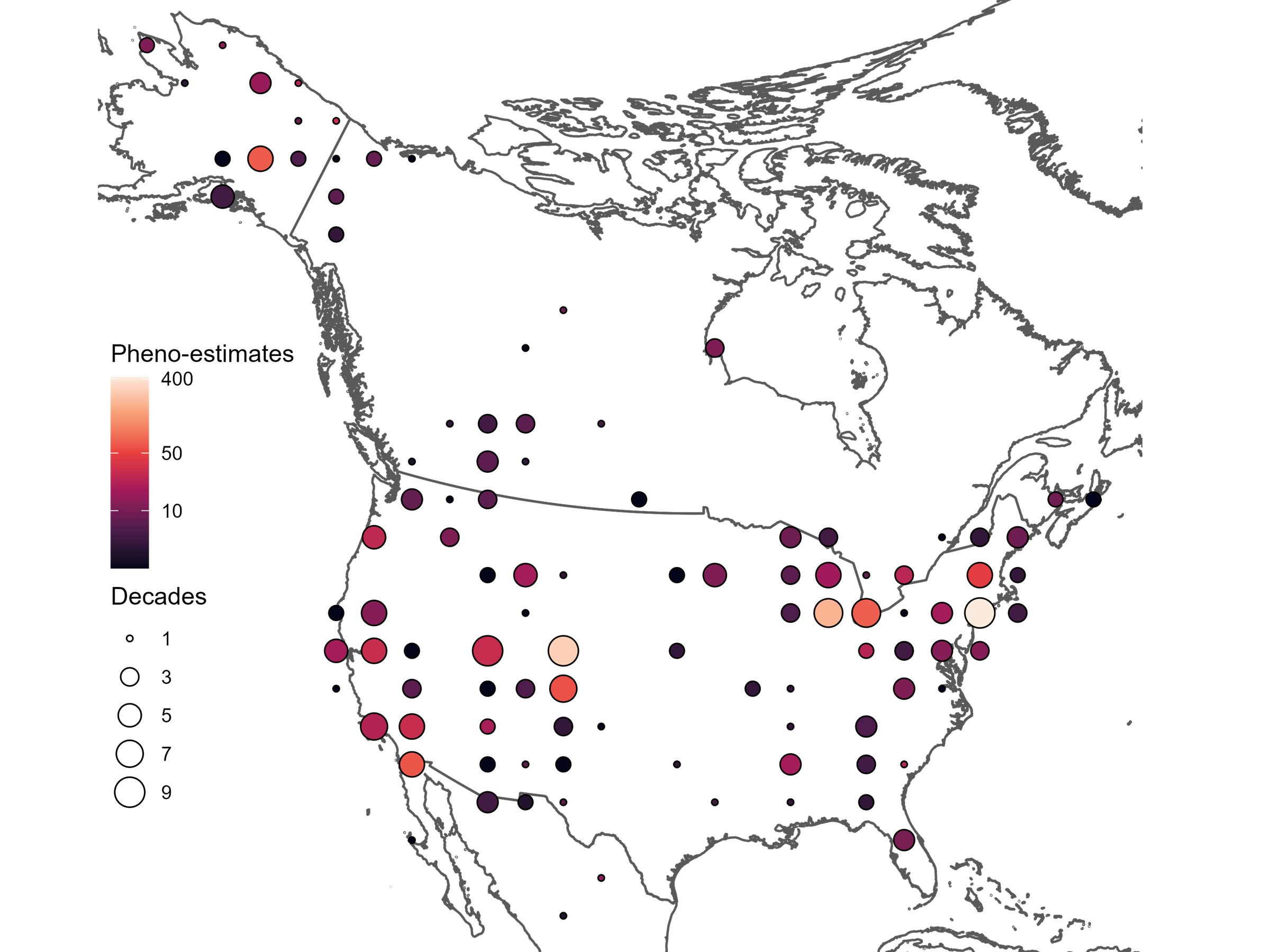
Global change biologist; Ecological modeler; Biodiversity informatician; Urban ecologist
About Michael Belitz
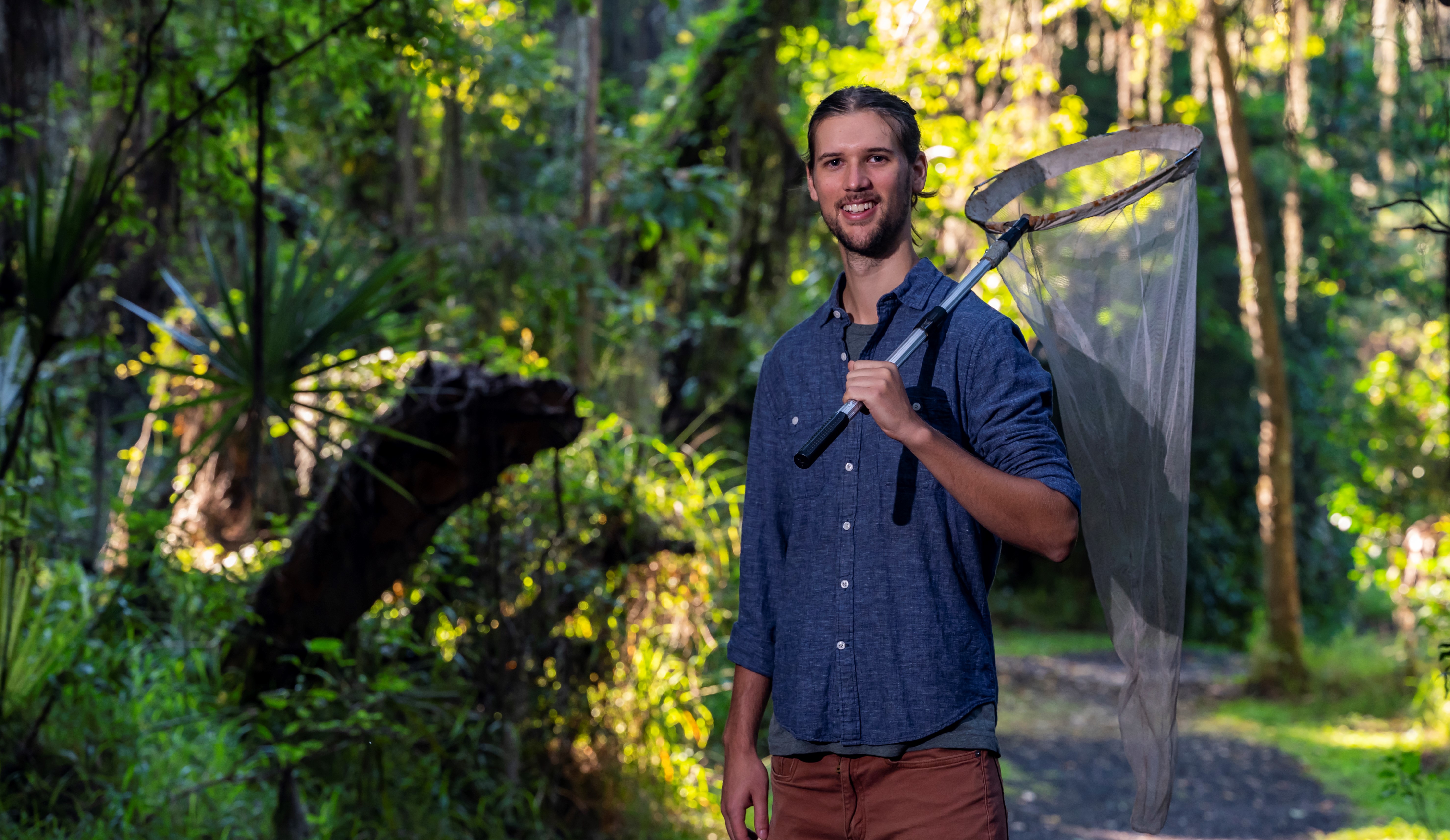
I am a global change biologist interested in combining data-science and field approaches to understand how ecological communities respond to anthropogenic change. Currently, I'm an NSF Postdoctoral Research Fellow, co-mentored by the Zipkin Quantitative Ecology Lab and the Marshall Lab. I received my PhD at the University Florida and the Florida Museum of Natural History working Rob Guralnick, curator of biodiversity informatics. I also earned a MS at Central Michigan University, where I've worked with Anna Monfils on historical distribution modeling and field surveys to inform the conservation of the critically endangered Poweshiek skipperling. It was at Central Michigan University that I was also first emerged in the world of biodiversity informatics and digital museum data, forever changing my research interests. My research combines ecological and evolutionary theory with burgeoning data resources and computational tools to answer pressing questions of how global environmental change, such as urbanization, agricultural intensification, and climate change is impacting biodiversity. I am particularily interested in using participatory science data, museum collections, and ecological traits to explore what species and locations may fare better given continued climate and land-use change. To date, I have worked primarily with insects and plants, but I have broad taxonomic interests.
Research interests
Macrophenology

Shifts in phenology are among the most notable impacts of human-caused climate change. Although, studies have found insects are in general are advancing the start of their activity periods earlier, much remains unknown across greater spatial, temporal, and taxonomic extents. In one paper, I've used community-science and museum specimen data to investigate how adult insect phenology varies spatially in response to climate and urbanization, and how such responses differ across species-specific life history traits at a continental scale. I've also written a paper on the best practices of using natural history collection data in phenological research.
Scaling biodiversity analyses
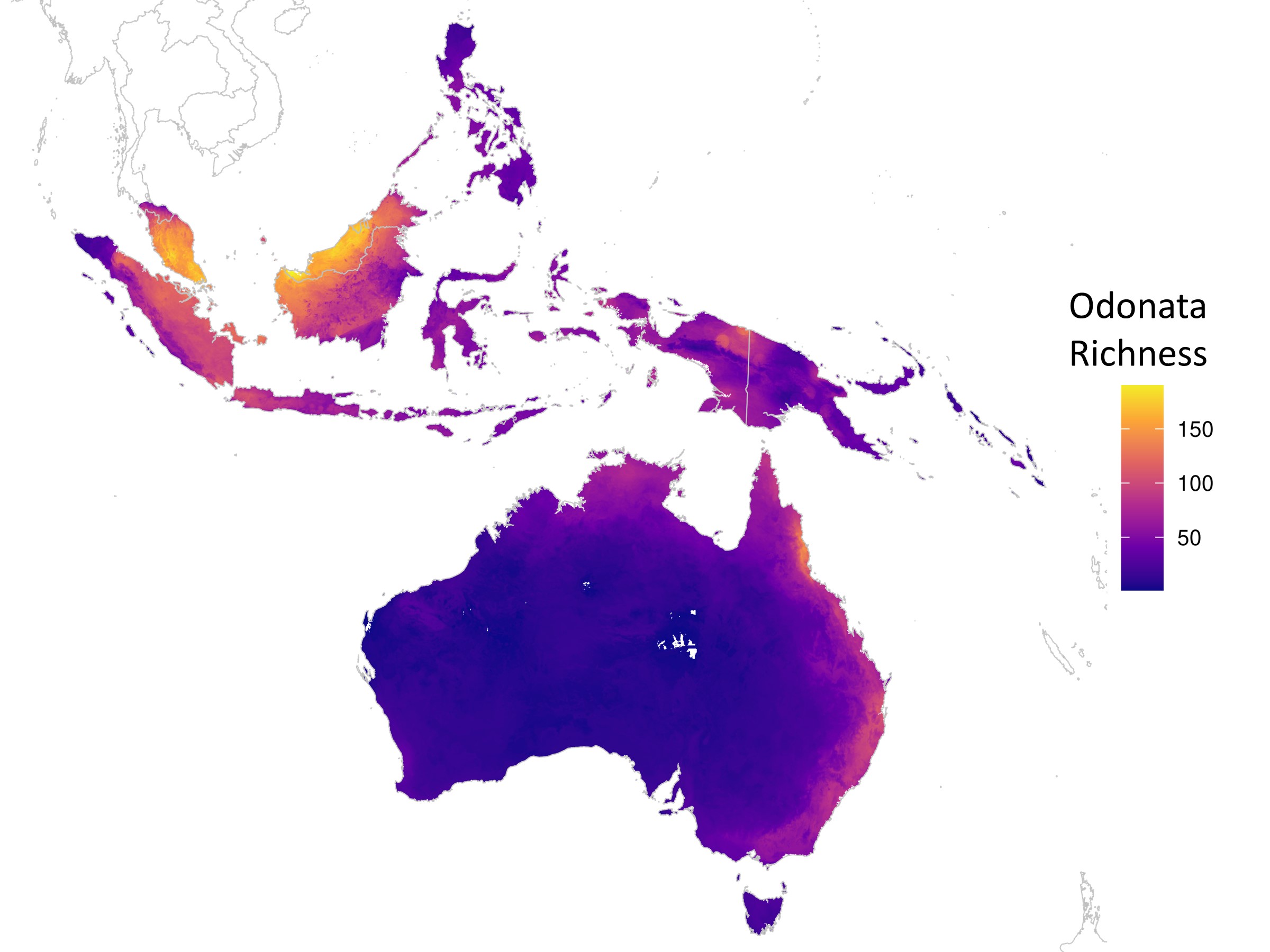
Estimated Odonata species richness
Unstructured ecological data are rapidly becoming available from citizen science endeavors such as iNaturalist and through digitization efforts of museum specimen. These data promise to increase the scales at which research can occur, but this assumes reliable quantitative methods exist to deal with known and unknown biases in these data. I am passionate about developing methods and pipelines to enhance applications of unstructured data. As part of a large collaborative team, I am mapping the distribution of all dragonfly and damselfly species. To date, we have published papers on the diversity of Odonata in the Nearctic and Palaearctic realms.
Urban ecology
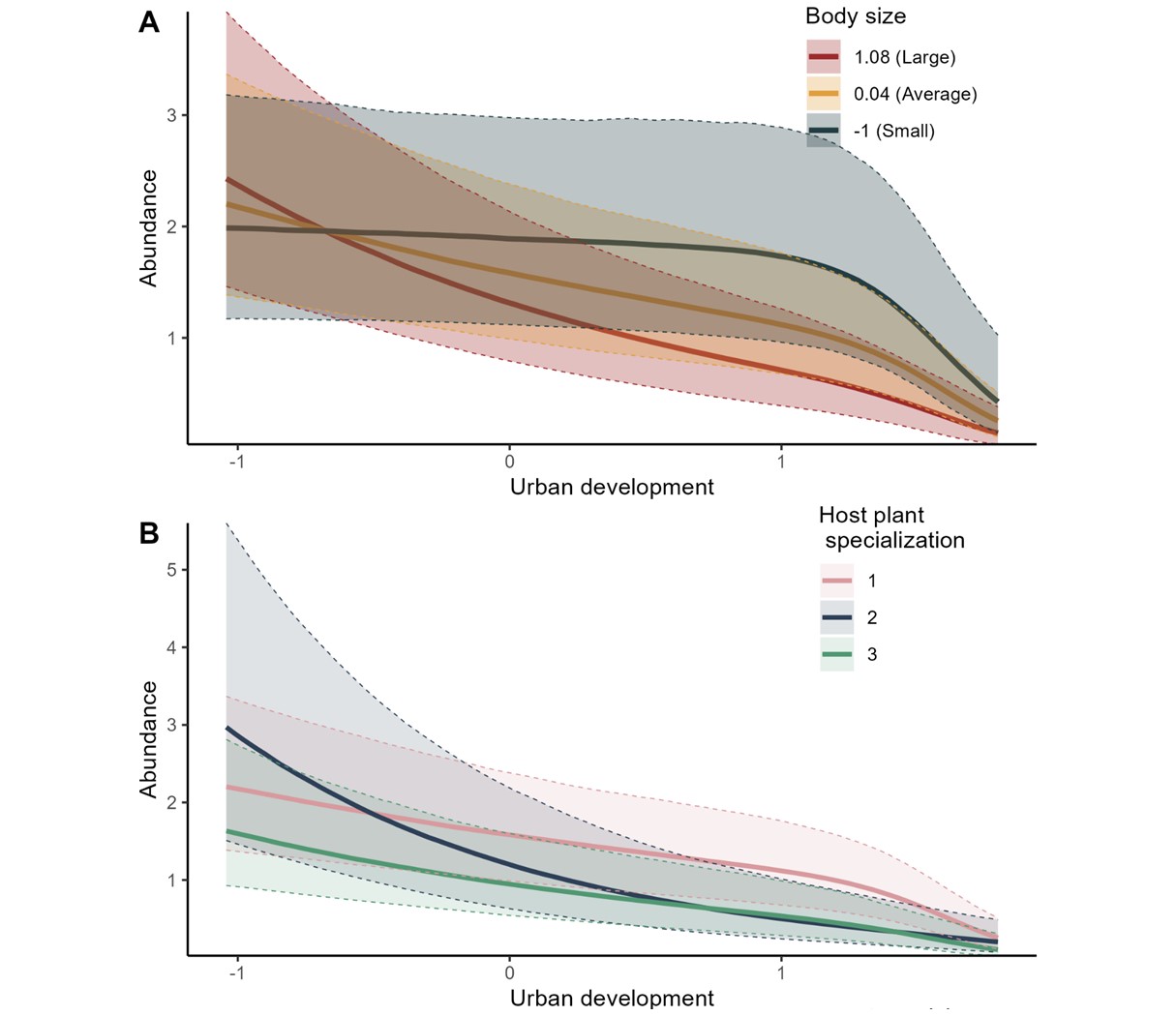
Response of macro-moths to urbanization
Urbanization is an agent of ecological and evolutionary changes that can not only lead to biodiversity loss but can also alter the seasonal timing of events. Insects may be particularly sensitive to urbanization given that their development is temperature-dependent. However, how insects respond to urbanization remains unclear, especially in urban areas and across multiple life-stages. In my PhD, I collected data using frass traps and light traps along an urban-to-rural gradient in Alachua County Florida to examine the effects of urbanization moths. I have published work documenting the far-reaching consequences of urbanization on moth communities.
Biodiversity informatics
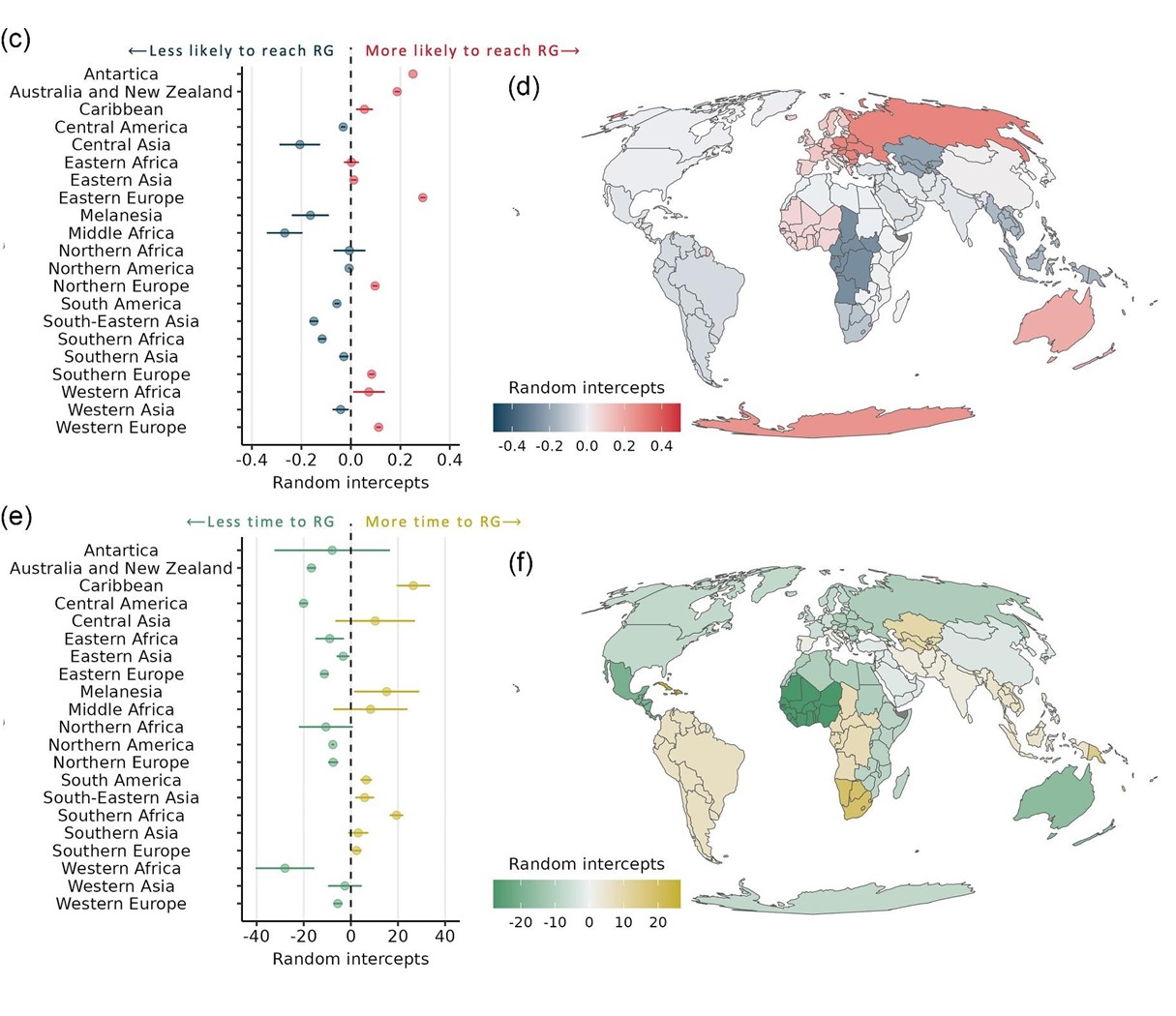
Likelihood an observation reaches research-grade on iNaturalist
Harnessing the power of community science will involve ecological modelers to recognize and address biases that occur in these datasets. I have worked on teams to examine the biases occcurring in iNaturalist datasets, and I have also collaborated on projects exploring how the completeness of butterfly inventories vary spatially and temporally for community science and museum specimen records. Recently, we've examined how identifiers on iNaturalist support data generation